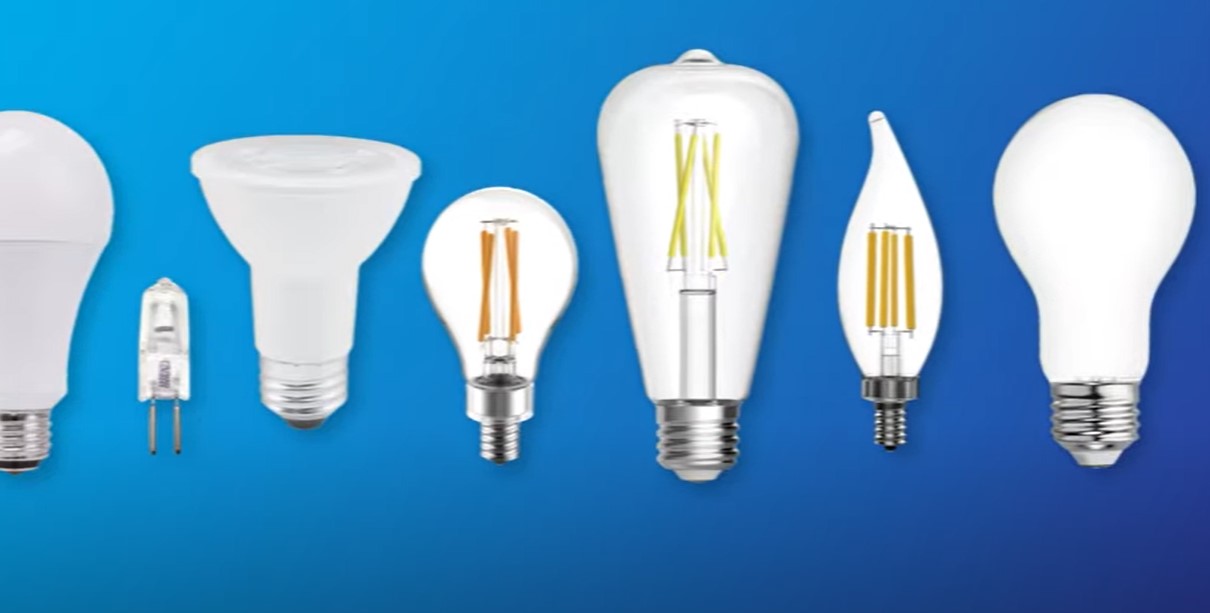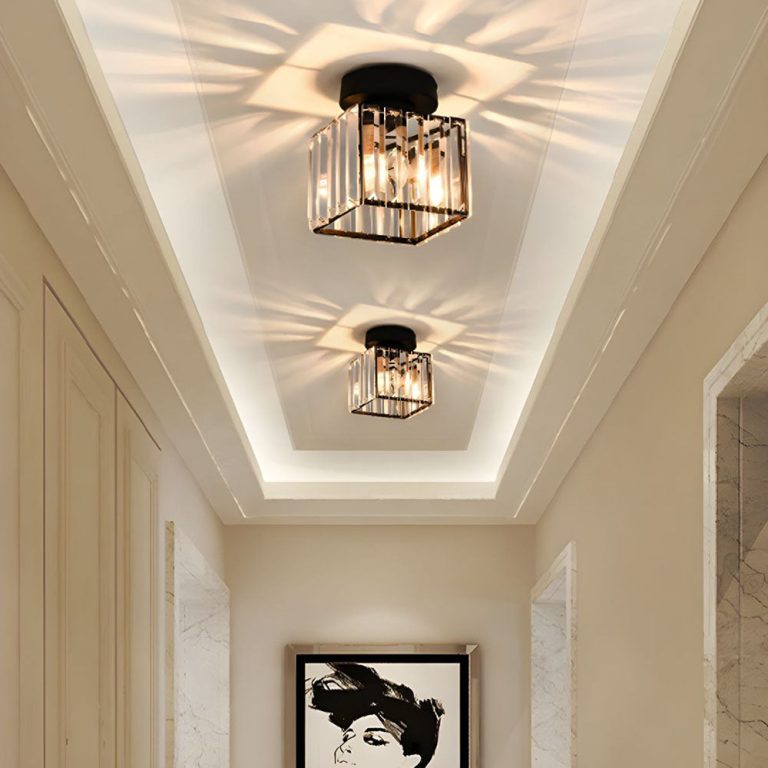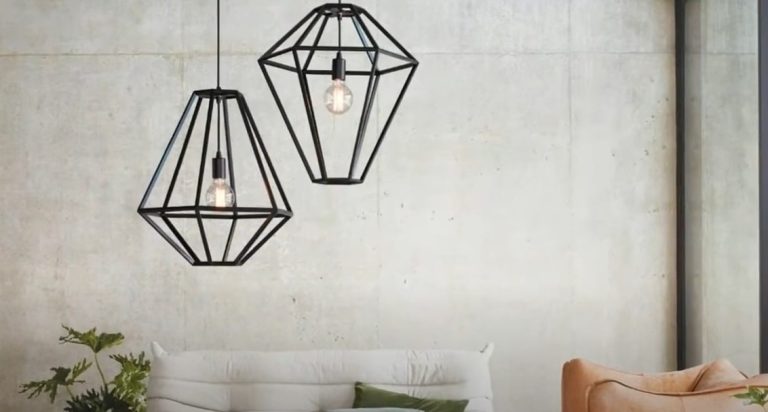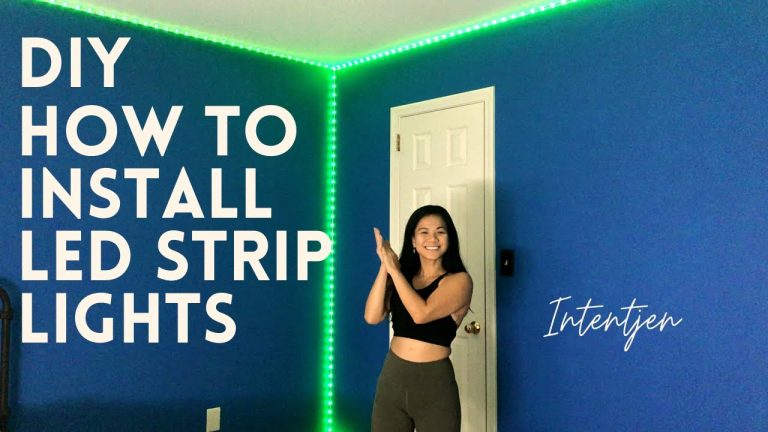What Wattage Light Bulb for Living Room? Expert Guide
What wattage light bulb for living room? For a living room, use light bulbs between 60 to 100 watts (or 800 to 1600 lumens for LEDs), depending on room size and desired brightness. Use lower wattage for ambient lighting and higher for task lighting. LEDs are energy-efficient and provide more brightness at lower wattage.
But with so many options out there, how do you know which wattage is perfect for your living room? You might think it’s just about picking a bulb and screwing it in, but there’s more to it than meets the eye.
The right wattage can enhance your mood, improve your focus, and even make your living room look more spacious. Stick around as we shed some light on how to select the ideal wattage to create a cozy and functional atmosphere in your living room. Your eyes will thank you!

Credit: www.blesserhouse.com
What Wattage Light Bulb for Living Room?
Choosing The Right Wattage
Choosing the right wattage for a living room light bulb is essential. It impacts the room’s ambiance and energy consumption. A bulb’s wattage affects brightness and mood. Ensuring the perfect wattage enhances comfort and style. This guide simplifies the selection process.
Read More: Where to Place Pot Lights in Living Room? Expert Tips
Understanding Wattage And Lumens
Wattage indicates a bulb’s energy use. Lumens measure brightness. Higher lumens mean brighter light. The goal is balancing wattage with desired lumens. Energy-efficient bulbs offer high lumens with lower wattage.
Consider Room Size And Use
Room size influences wattage choice. Large rooms need brighter bulbs. Small spaces may need less brightness. Think about activities in the room. Reading needs more light. Relaxing requires softer illumination.
Matching Style And Décor
Light affects room aesthetics. Choose bulbs that complement your decor. Warm light suits cozy settings. Cool light highlights modern designs. Consider bulb shape and color for style harmony.
Energy Efficiency Matters
Energy-efficient bulbs save money. LED bulbs offer high brightness with low wattage. Check for Energy Star ratings. These bulbs reduce electricity bills. They also help the environment.
Test And Adjust
Experiment with different bulbs. Test varied wattages in your living room. Adjust to find the perfect brightness. Personal preference plays a role. Ensure comfort and satisfaction with your choice.
Factors Affecting Light Bulb Choice
Choosing the right wattage light bulb for your living room can transform the ambiance of your space. Several factors influence this decision, ranging from the size of your room to the desired brightness level. Understanding these elements ensures you select a bulb that enhances both comfort and style.
Room Size And Layout
The size of your living room directly impacts your light bulb choice. Larger rooms require higher wattage for effective illumination. Small spaces might need less wattage to avoid overpowering brightness. Consider the layout, especially if there are partitions or unique architectural features.
Natural Light Availability
Assess how much natural light enters your living room. Rooms with ample sunlight may need lower wattage bulbs. Spaces with minimal natural light benefit from higher wattage for adequate brightness. Balance artificial and natural lighting for a harmonious environment.
Purpose Of The Lighting
Determine the primary purpose of your lighting. For reading or detailed tasks, brighter bulbs are essential. Ambient lighting requires softer, less intense bulbs. Decide if your living room lighting is functional or decorative.
Color Temperature Preference
Color temperature influences the mood of your living room. Warm tones create a cozy atmosphere, while cool tones offer a modern feel. Choose bulbs with the color temperature that aligns with your aesthetic preferences.
Energy-efficient bulbs save on electricity bills. LED bulbs offer bright illumination with lower wattage. Evaluate energy costs and efficiency ratings when selecting your living room bulbs. Prioritize sustainability without compromising light quality.
Energy Efficiency Considerations
Choosing the right wattage light bulb for your living room can impact energy efficiency. This decision not only affects your electricity bill but also contributes to environmental sustainability. Understanding how wattage, lumens, and bulb types interact can make a significant difference in your home’s energy consumption.
Understanding Wattage And Lumens
Wattage measures the energy a bulb uses, while lumens measure brightness. A bulb with lower wattage can offer the same brightness as a higher wattage bulb. Opt for bulbs with higher lumens and lower wattage for energy efficiency. This ensures your living room is well-lit without excessive energy use.
Led Bulbs: A Smart Choice
LED bulbs consume less energy compared to traditional incandescent bulbs. They provide excellent brightness with lower wattage. LEDs can last longer, reducing the need for frequent replacements. This saves both energy and money over time.
Consider Dimmer Switches
Dimmer switches allow you to adjust light intensity. This flexibility can enhance energy savings. Dimmed lights use less energy, perfect for creating a cozy atmosphere. Ensure your bulbs are compatible with dimmer switches for optimal performance.
Energy-efficient Lighting Design
Strategically place light fixtures to maximize efficiency. Use multiple lights to spread illumination evenly. This prevents the need for overly bright bulbs. Consider task lighting for specific areas like reading nooks.
Choosing The Right Bulb Type
Compact fluorescent lights (CFLs) and LEDs are more efficient than incandescent bulbs. These types offer good brightness with lower energy consumption. Selecting the right bulb type can greatly impact your living room’s energy efficiency.
Impact On Environment
Energy-efficient bulbs reduce carbon footprint by consuming less power. They contribute to a sustainable living environment. Choosing efficient lighting solutions is a simple way to support environmental conservation.
Comparing Different Bulb Types
Choosing the right wattage for your living room light bulb is crucial. The bulb type can influence brightness and energy efficiency. Different bulbs offer varied advantages for this space. Let’s explore these options.
Light bulbs come in various types. Each has unique features. Understanding these can help in choosing the best bulb for your needs.
Incandescent Bulbs
Incandescent bulbs are traditional. They provide warm light and are affordable. But they consume more energy. Their lifespan is shorter compared to other types.
Led Bulbs
LED bulbs are energy-efficient. They have a long lifespan. They offer bright, clear light. Initial cost is higher, but savings are significant over time.
Compact Fluorescent Bulbs (cfls)
CFLs use less energy than incandescent bulbs. They are more affordable than LEDs. Their brightness can be similar to incandescent bulbs. They contain small amounts of mercury, which requires careful disposal.
Halogen Bulbs
Halogen bulbs are a type of incandescent bulb. They are brighter and more efficient than regular incandescent bulbs. They offer a crisp light, ideal for task lighting. Their lifespan is shorter than LEDs.
Smart Bulbs
Smart bulbs allow control via apps or voice assistants. They offer adjustable brightness and color. Energy efficiency varies by brand. Initial cost is higher, but convenience and features are valuable.
Choosing the right bulb type can enhance your living room ambiance. Consider energy efficiency, lifespan, and light quality. These factors will guide your decision.
Read More: How to Light a Living Room With No Overhead Lighting: Expert Tips
Tips For Optimal Lighting
Choosing the right wattage for living room light bulbs ensures a cozy and well-lit space. Typically, 60 to 100 watts provides ideal brightness without overpowering the room. Adjust based on natural light and personal preference for perfect ambiance.
Choosing the right wattage for your living room lighting can transform your space into a cozy haven or a bright and lively area. The wattage of your light bulbs plays a crucial role in setting the mood and functionality of the room. Whether you’re reading a book, hosting a gathering, or just relaxing, the lighting in your living room should cater to your needs. Let’s dive into some practical tips for achieving optimal lighting in your living room.
Understanding Wattage And Lumens
The wattage of a bulb tells you how much electricity it uses, not how bright it is. Lumens measure brightness. A higher lumen count means a brighter light. If you’re aiming for a well-lit living room, look for bulbs with higher lumens rather than just higher wattage.
Layer Your Lighting
Layering involves using different light sources to create a balanced effect. Combine overhead lighting, like a chandelier or ceiling fixture, with floor lamps and table lamps. This approach provides flexibility and allows you to adjust the mood.
Adjustable Lighting For Versatility
Consider dimmable bulbs or smart lighting systems. These allow you to change the brightness according to the time of day or occasion. Imagine reading under a bright light during the day and then dimming it for a movie night.
Consider Your Room’s Color Palette
The color of your walls and furniture can affect how light is perceived. Darker colors absorb more light, requiring higher wattage or more lumens. In contrast, light colors reflect light, so you might need less wattage for the same level of brightness.
Task Lighting For Specific Activities
Identify areas where specific tasks are performed and provide targeted lighting. For instance, a reading nook benefits from a focused lamp. This ensures you have enough light for activities without over-lighting the entire room.
Energy Efficiency
Opt for LED bulbs as they offer high lumens with lower wattage. They’re energy-efficient and last longer, saving you money over time. Plus, they come in a variety of colors to suit your décor.
Choosing the right light bulb wattage for your living room is a balance of function and aesthetics. By considering these tips, you can create a comfortable and inviting atmosphere. What changes will you make to optimize your living room lighting today?
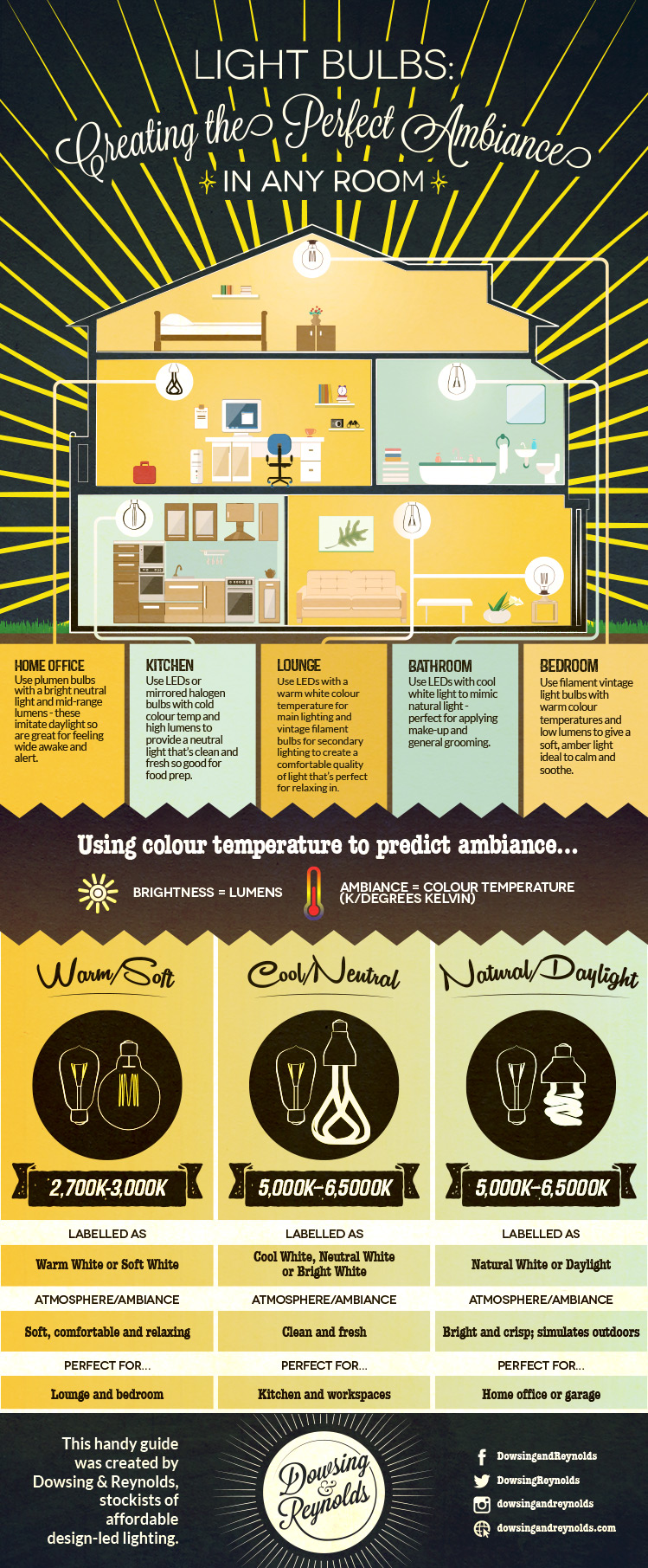
Credit: www.dowsingandreynolds.com

Credit: hirosarts.com
Frequently Asked Questions
What Is The Best Wattage For Living Room Lighting?
Choose a wattage between 60-100 watts for living room lighting. It provides a comfortable, inviting atmosphere. Opt for dimmable LED bulbs to adjust brightness. Consider task lighting for reading areas. Ensure a well-lit space without overpowering the room. Balance natural light with artificial lighting for optimal effect.
How Many Watt Light Bulb For Living Room?
Choose a light bulb between 60 to 100 watts for a living room. Consider LED bulbs for energy efficiency. Brightness depends on room size and lighting needs. Opt for warm white light to create a cozy atmosphere. Use multiple bulbs for even distribution.
Is 40w Or 60w Better For A Bedroom?
A 40W bulb offers softer lighting, ideal for relaxation in bedrooms. Choose 60W for brighter illumination, suitable for tasks. Consider room size and personal preference when selecting bulb wattage. Opt for LED bulbs for energy efficiency and adjustable brightness options.
Is 60w Good For A Living Room?
A 60W bulb is suitable for ambient lighting in a living room. It provides a warm, cozy atmosphere. Consider brighter options for task lighting, like reading or detailed work. Choose LED bulbs for energy efficiency and longer lifespan. Adjust lighting based on room size and personal preference.
What Wattage Is Best For Living Room Lighting?
A 60 to 100-watt bulb is ideal for most living rooms. It provides enough light without being too harsh.
Conclusion
Choosing the right light bulb wattage is crucial for your living room. It affects comfort, mood, and energy efficiency. Consider room size, activities, and bulb types. Balance brightness with energy savings for a cozy atmosphere. Test different wattages to find what suits your space best.
Remember, dimmable bulbs offer versatility. They adapt to various needs. Keep your living room welcoming and well-lit. The perfect bulb enhances relaxation and social gatherings. Make informed choices for a brighter, happier home. Light up your life with the right wattage.
Enjoy the glow!

